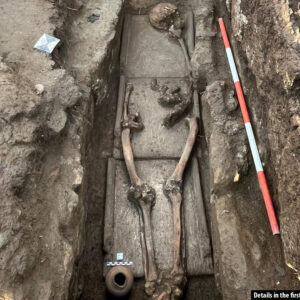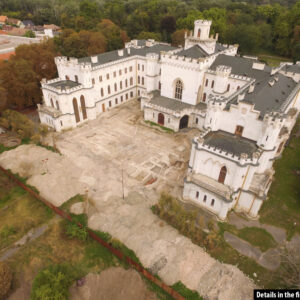Located on the west bank of the Nile in Upper Egypt, Esna is home to one of the most remarkable archaeological finds of the Roman and Ptolemaic periods: the Temple of Khnum. Once a grand structure dedicated to the creator god Khnum, the temple’s glory has been concealed beneath centuries of dirt and soot, leaving only its magnificent entrance hall standing. While many ancient Egyptian temples have crumbled over the years, the Temple of Khnum in Esna stands as one of the best-preserved examples of Egyptian religious and artistic life. The story of its rediscovery and the restoration efforts that have uncovered its incredible decorations provides a captivating glimpse into ancient Egypt’s spiritual world.
The Discovery of Stunning Decorations
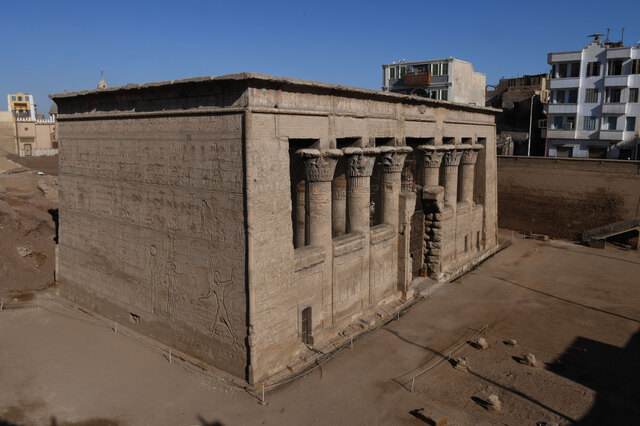
The Temple of Khnum in Esna was once a significant site of worship and rituals, dedicated to Khnum, Neith, and their divine family. Today, however, only a small portion of the temple survives: its grand entrance hall, known as the pronaos. This structure, originally constructed during the Ptolemaic period (180-145 BCE), remained an important site throughout the Roman occupation. In the mid-3rd century AD, the entrance hall was completed, and it became the focal point of the temple’s religious activities.
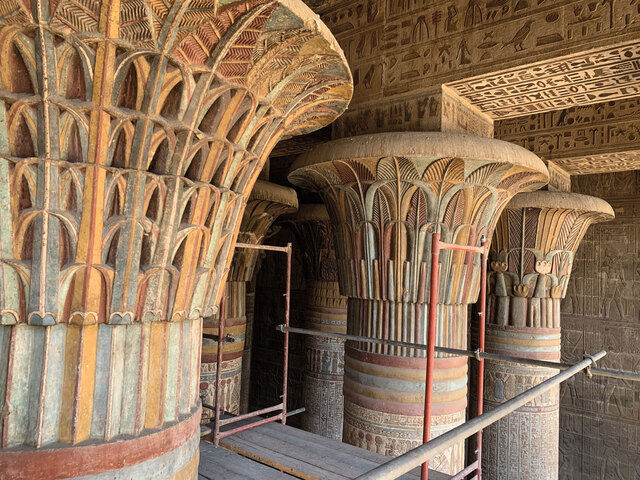
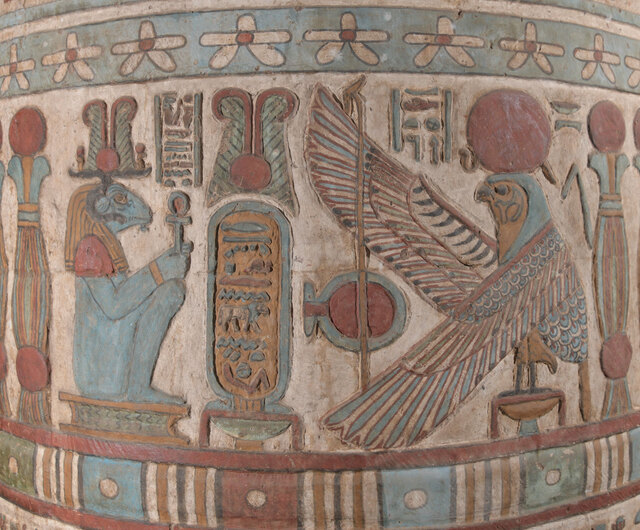
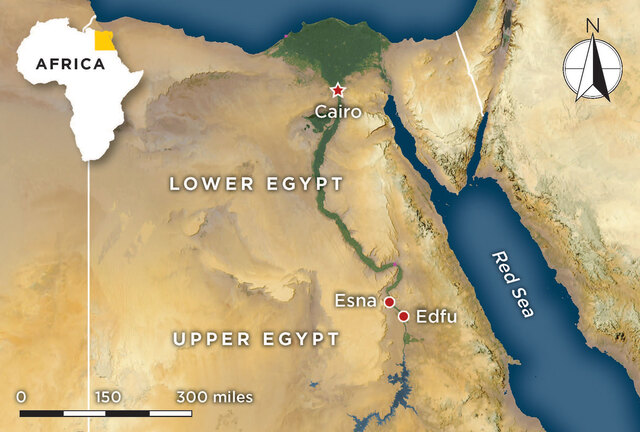
What makes the discovery of this temple particularly special is the series of reliefs and painted images that once adorned its interior. For centuries, these reliefs were obscured by soot, dust, and grime, leaving researchers to speculate about their true appearance. It wasn’t until 2018 that a joint Egyptian-German team led by Christian Leitz and Hisham El-Leithy began a painstaking conservation project to restore the temple’s vibrant colors, revealing the full splendor of these ancient artworks.
Video
Watch the video The Temple of Khnum to explore the mysteries and significance of this ancient Egyptian sanctuary.
Iconography of Khnum and Other Deities
At the heart of the temple lies the representation of Khnum, the ram-headed creator god of the Nile. In Egyptian mythology, Khnum was the god of fertility and creation, believed to fashion all living things on a potter’s wheel. In the restored reliefs, Khnum is depicted in various scenes alongside Neith, the creator goddess, and other deities from the Egyptian pantheon.
The vivid murals also highlight the association between Khnum and Ra, the sun god, with the temple’s colors—red and yellow—emphasizing their divine connection. This fusion of symbolism and imagery was intended to portray Khnum as the god who, alongside Neith, was responsible for the creation of the universe.

The murals’ intricate details reflect a deep reverence for these deities, with many scenes portraying ritual offerings, divine acts of creation, and celestial symbolism. Each relief encapsulates the Egyptians’ belief in the gods’ role in maintaining cosmic order and prosperity.
The Role of Astronomy in Temple Decoration

One of the most striking features of the Temple of Khnum is its celestial imagery. Ancient Egyptians were keen astronomers, and their temples often served as symbolic representations of the cosmos. At Esna, the ceiling of the entrance hall is covered with painted depictions of the sun, moon, stars, and constellations.
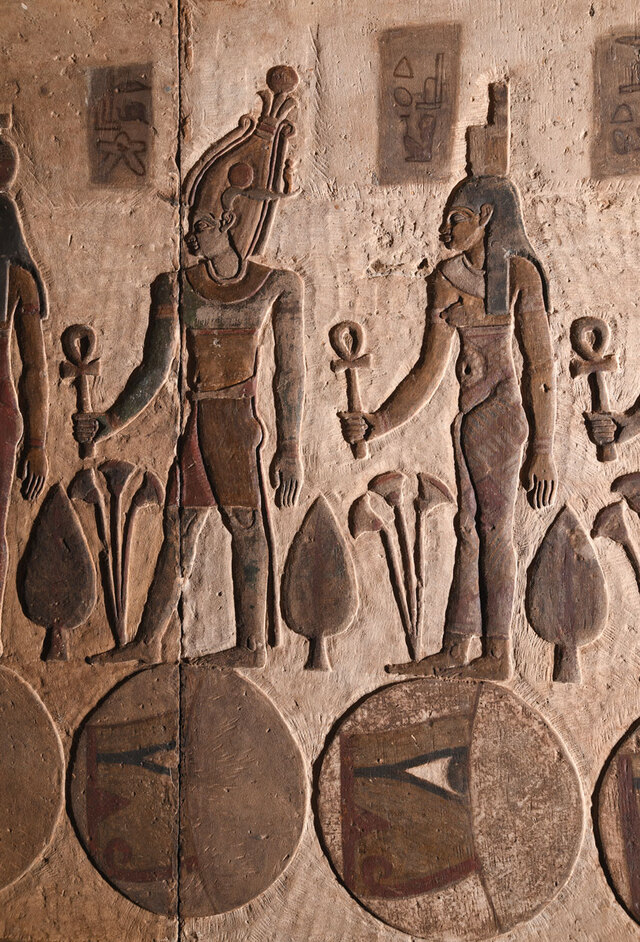
Each ceiling bay represents a different astronomical theme, reflecting the Egyptians’ understanding of the heavens. The lunar cycle, represented through moon deities standing atop disks, adorns several of the ceiling panels, illustrating the waxing and waning phases of the moon.
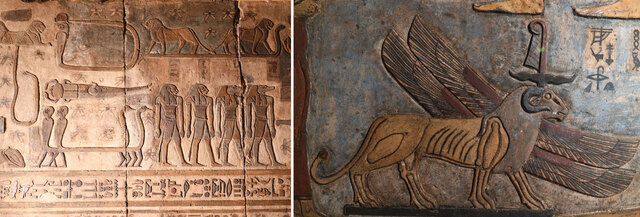
Additionally, the zodiac signs—introduced by the Babylonians but adopted by the Egyptians during the Ptolemaic period—are prominently featured in the ceiling artwork. The twelve zodiac signs, each carefully carved and painted, showcase the Egyptians’ embrace of astrology. These depictions provide fascinating insights into how the Egyptians linked the movement of celestial bodies to their mythology, linking gods to specific constellations, such as Osiris being represented by the constellation of Orion. The stars were not just part of the heavens for the Egyptians; they were intimately tied to their gods’ powers and influence over life on Earth.
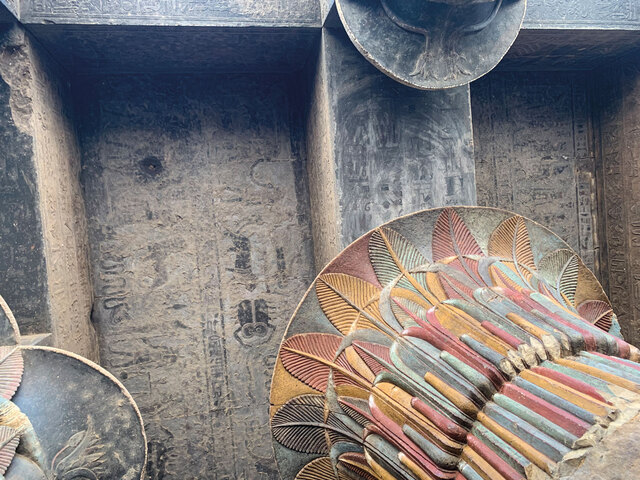
Rituals and Festivals at the Temple
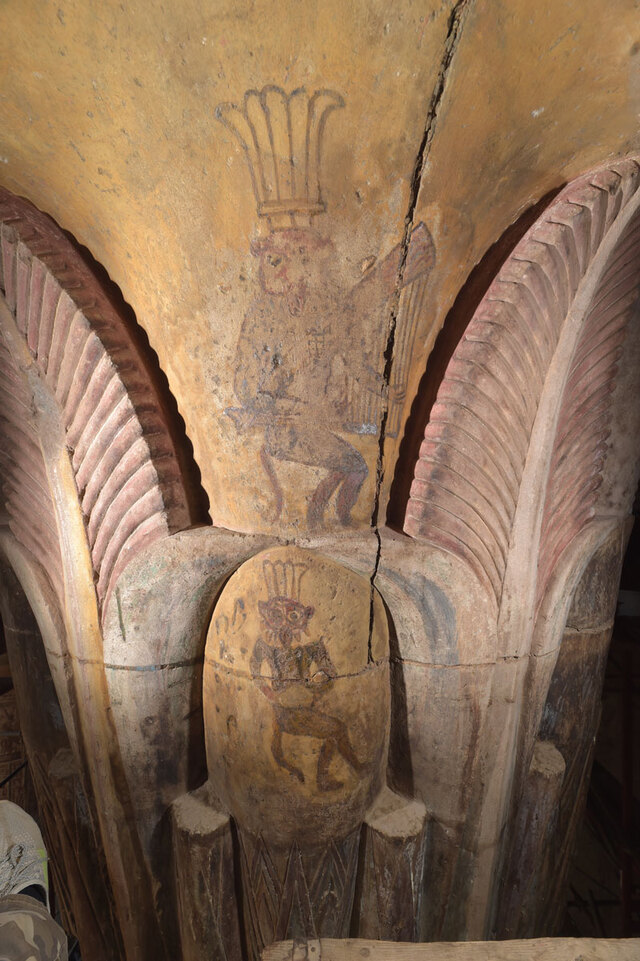
The Temple of Khnum was more than just a place of worship; it was the center of Esna’s religious life. During the Ptolemaic and Roman periods, Egyptian priests performed daily rituals and held grand festivals throughout the year. One of the most important occasions was the celebration of the New Year, which marked the rising of the star Sirius and the flooding of the Nile. This celestial event was integral to Egyptian life, as it signaled the beginning of the agricultural season. Rituals associated with this time were celebrated with great enthusiasm, and the entrance hall of the temple played a pivotal role in the religious processions that accompanied these events.
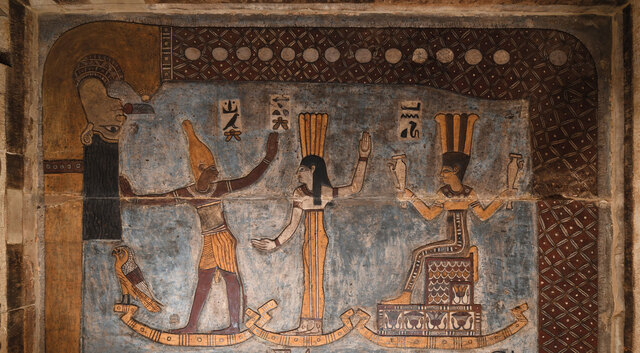
The intricate decorations within the pronaos feature scenes of the emperor Trajan and priests offering incense and performing rituals. These images are not only depictions of religious acts but also a record of how worship and power were intertwined in Roman Egypt. The temple’s vast, ornate columns feature hymns to Khnum and Neith, and the inscriptions highlight the significance of the deities in the community’s daily life.
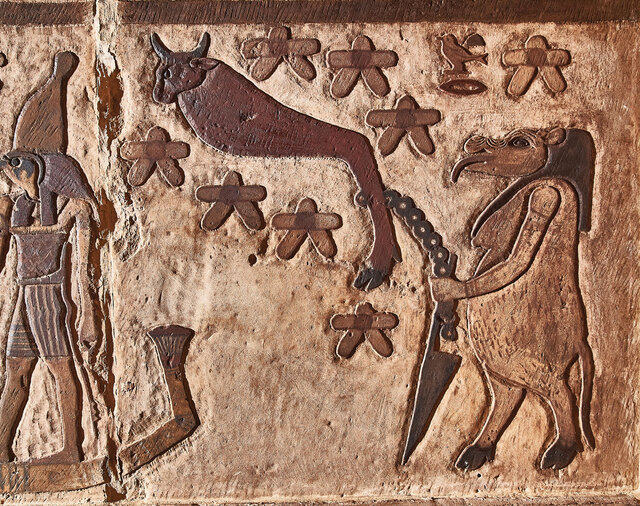
The Evolution of the Temple and Its Cultural Impact
Over time, the temple underwent various modifications. Originally constructed under the reign of Ptolemy VI, it was later expanded and embellished during the Roman period, with additions made under the rule of Roman emperors such as Hadrian and Trajan. The inclusion of Roman emperors’ names in the painted cartouches along the temple’s walls serves as a reminder of the temple’s enduring significance during both the Ptolemaic and Roman periods.
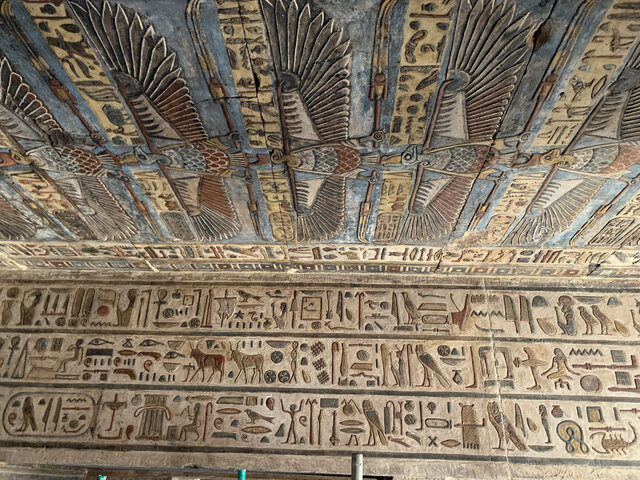
The addition of Roman elements reflects the broader cultural fusion that occurred under Roman rule. Even as Roman influence spread throughout Egypt, the temple’s primary function as a site for Egyptian religious practice remained intact. The continued reverence for traditional deities, such as Khnum and Neith, speaks to the enduring power of Egyptian culture and spirituality.
Current Preservation Efforts and Future Discoveries
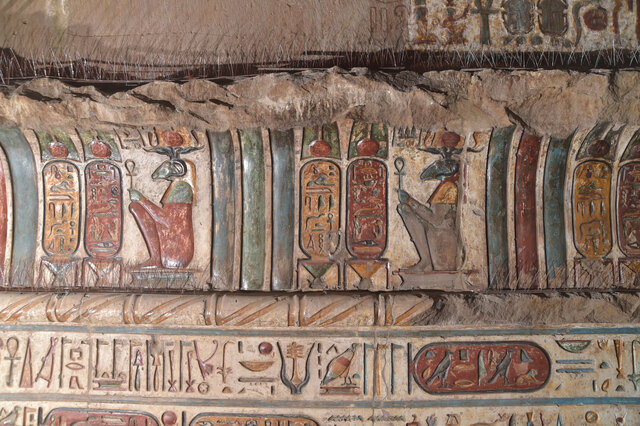
Today, the conservation work at the Temple of Khnum continues, with researchers uncovering more of the ancient decorations that had been hidden under layers of soot and neglect. The joint efforts of Egyptian and German archaeologists and conservators have led to the discovery of over 200 newly visible inscriptions and images that shed light on Egypt’s rich religious history. The work is painstaking, but as the restoration progresses, more secrets of the temple’s past are being revealed.
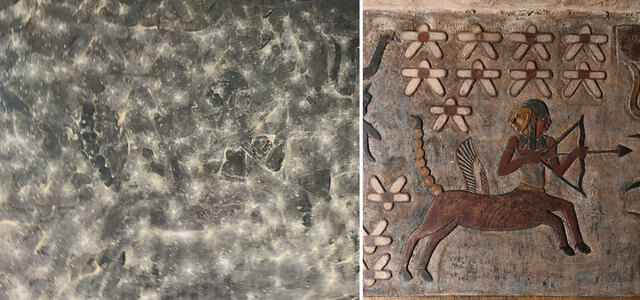
The future of the Temple of Khnum looks promising, with ongoing research and conservation offering new insights into the temple’s role in ancient Egyptian life. The temple’s significance as a site of worship and cultural exchange continues to be explored, with each new discovery enriching our understanding of ancient Egypt’s religious and astronomical practices.
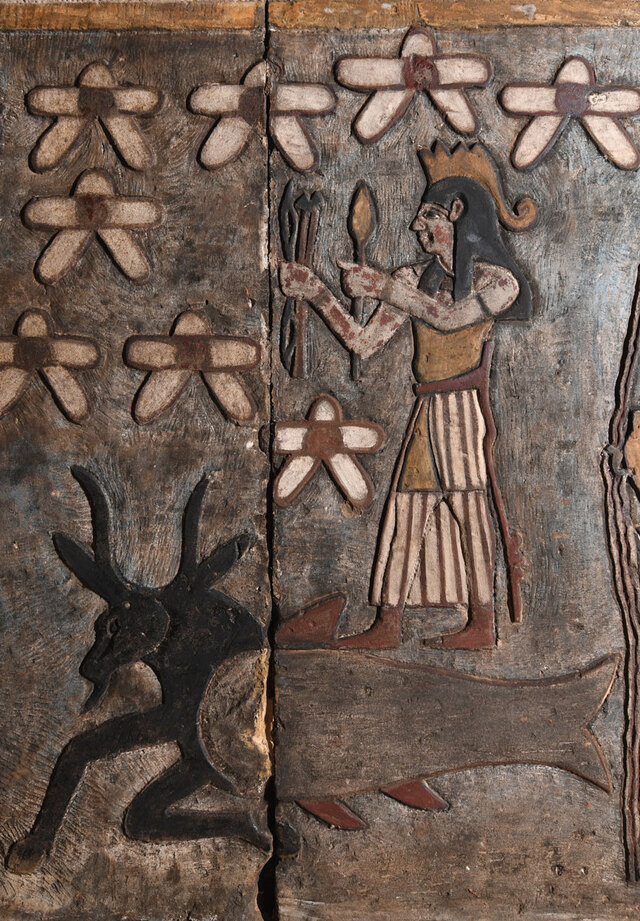
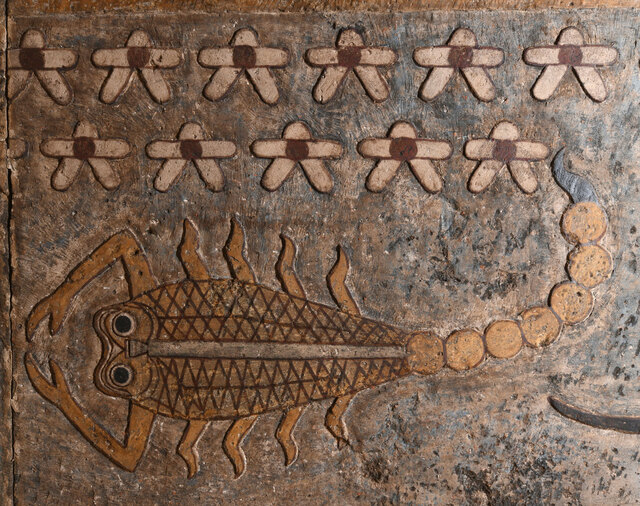
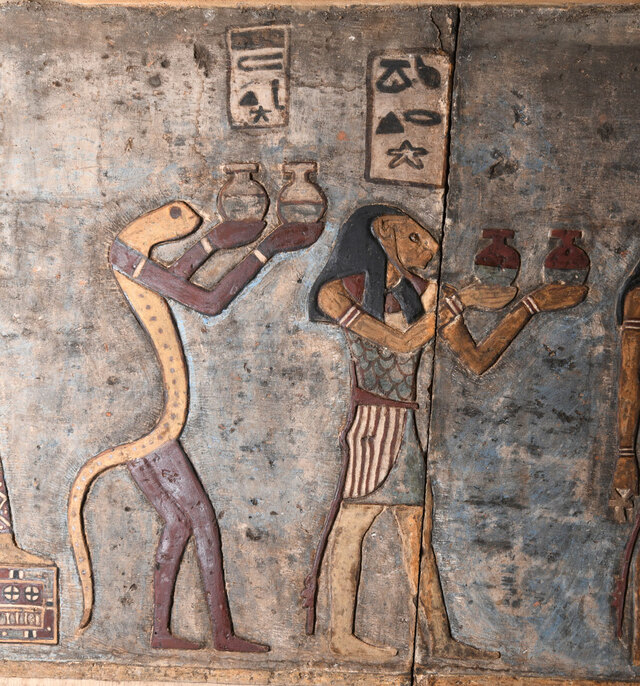
Video
Watch the video Inside the Best-Preserved Egyptian Temple: Esna to take a closer look at this remarkable ancient site.
Conclusion: Esna’s Temple as a Gateway to Ancient Egypt’s Spirituality
The restoration of the Temple of Khnum in Esna offers a unique opportunity to connect with the past and understand the spiritual and astronomical beliefs that shaped ancient Egyptian society. From its stunning painted reliefs and intricate zodiac depictions to its role as a center for religious rituals, the temple is a testament to Egypt’s deep connection to the cosmos. As the restoration efforts continue, the Temple of Khnum will undoubtedly remain an invaluable site for understanding the intersection of religion, politics, and culture in the ancient world.
In unveiling the lost beauty of this sacred site, archaeologists are not just preserving the past—they are providing us with a window into the soul of ancient Egyp.

